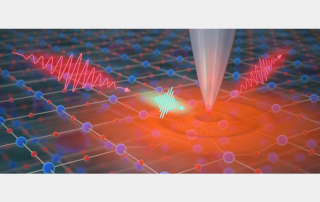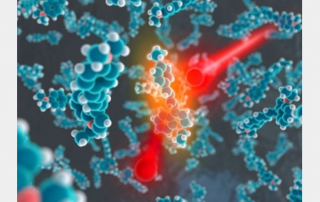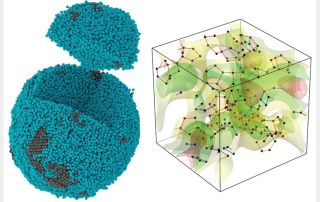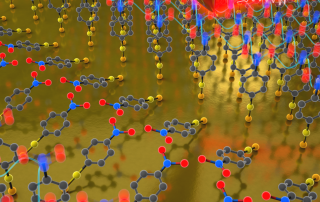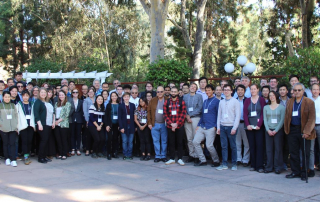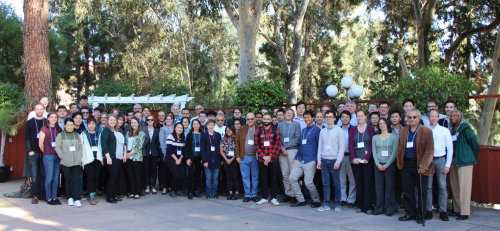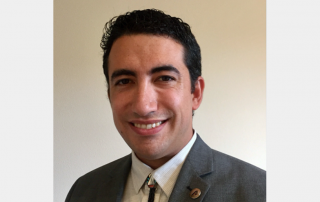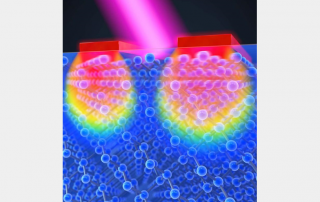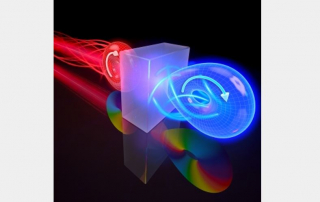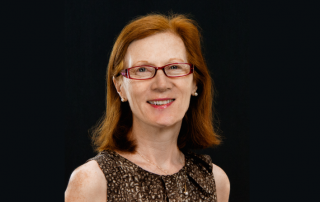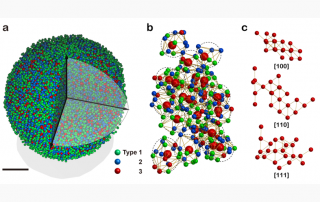Ripples in Space-Time: Nano-Imaging Functional Materials at their Elementary Scales
Functional materials—like molecular electronics, biomaterials, light-emitting diodes, or new photovoltaic materials—gain their electronic or photonic properties from complex and multifaceted interactions occurring at the elementary scales of their atomic or molecular constituents. In addition, the ability to control the functions of these materials through external stimuli , e.g., in the form of strong optical excitations, enables new properties in the materials, making them appealing for new technological applications. However, a major obstacle to overcome is the combination of the very fast time (billionths of a second) scales and the very small spatial (nanometer) scales which define the many-body interactions of the elementary excitations in the material which define its function. The extremely high time and spatial resolutions needed have been extremely difficult to achieve simultaneously. Many physicists have, therefore, struggled to visualize the interactions within these materials. In a paper recently published in Nature Communications, JILA Fellow Markus Raschke and his team report on a new ultrafast imaging technique that could solve this issue.
